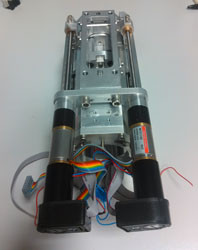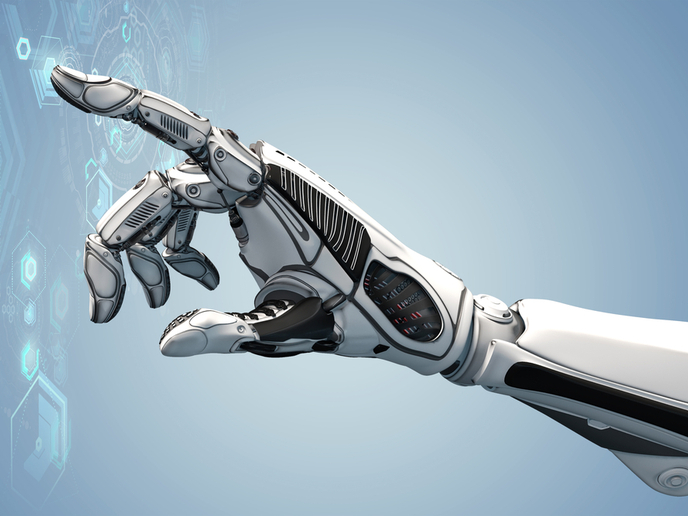Adaptive system for repair and manufacturing
An often unsung hero, laser cladding has been saving damaged parts from the salvage yard and fortifying new components. A laser beam melts the material on the workpiece surface and the powder nozzle moves over the workpiece surface to deposit single tracks or complete layers. Lack of control over this process can raise temperatures leading to damage of the laser cladded piece. Currently, processing a cladding track with complex geometry requires programming of several paths. The ALAS (Adaptive laser cladding system with variable spot sizes) project developed a new fully automated user-friendly adaptive solution that adjusts the track width. The ALAS prototype includes a modular cladding head with a zoom module that can be adapted to different parts such as fibre connectors, collimators and beam splitters. Thanks to track width variation, the head can adapt to complex geometries, eliminating human intervention. A real-time monitoring system based on a coaxial machine-vision system controls heat accumulation in the part to be processed. A closed-loop control system modifies the laser beam power according to the melt pool width that is measured using a camera based on CMOS (complementary metal-oxide semiconductor) image sensors. Another important element of the ALAS concept is a high-level control system (HLCS) that enables setting important parameters in the ALAS optical system and controller. These are the track width at every position of the tool path, the laser process speed, the optical system positioning and the required laser power at different positions. The HLCS interpolates laser beam widths at any point of a tool path and sends the time-based table to the field-programmable gate array controller. ALAS should lead to significant advances in several areas of the materials processing field, especially in repairing complex geometries and re-manufacturing or fabricating complex 3D structures. Repairing metal components for power generation, industrial equipment, transport, petrochemical and aerospace industries are some of the potential applications benefiting from the newly developed laser cladding system. A project video is available online.
Keywords
Adaptive system, repair, manufacturing, laser cladding, spot sizes, FPGA







